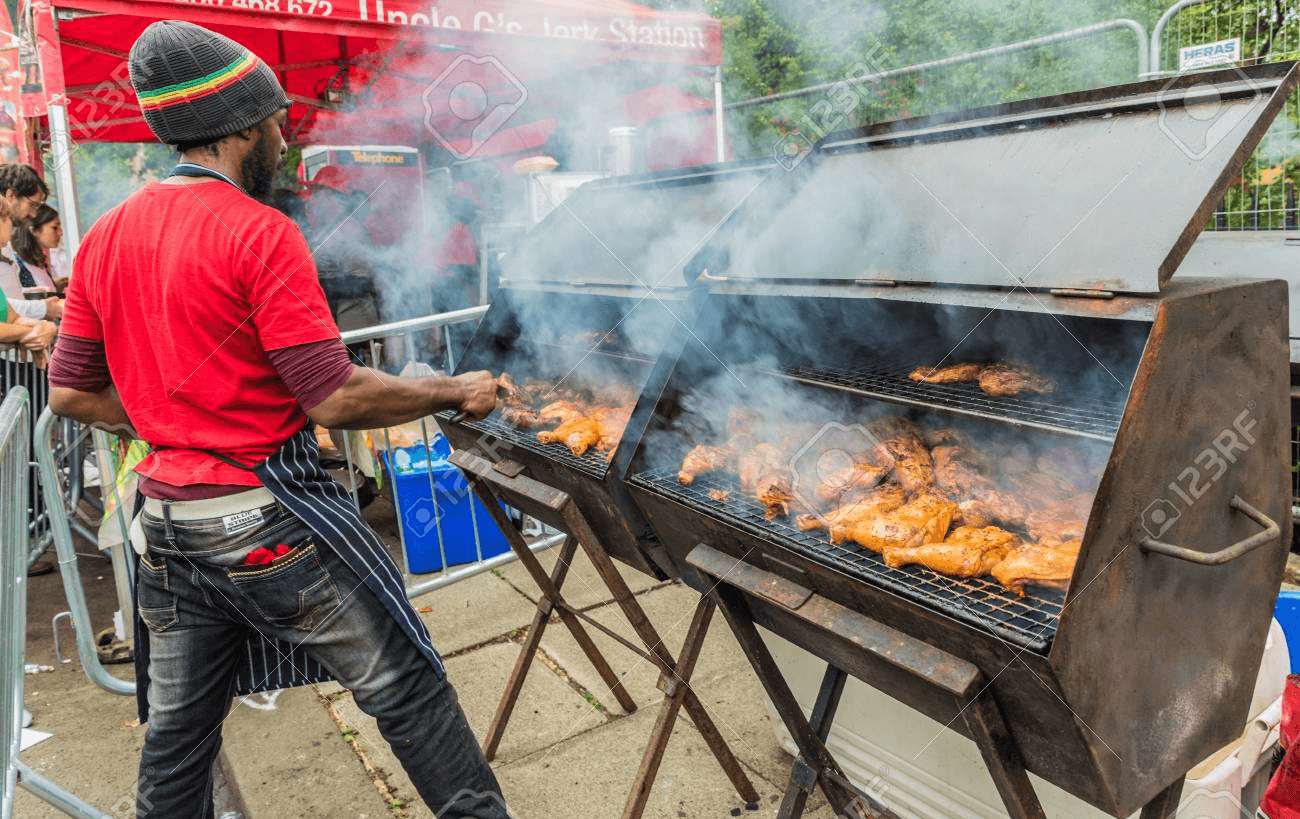Notting Hill Carnival: How did Europe’s biggest street party begin?
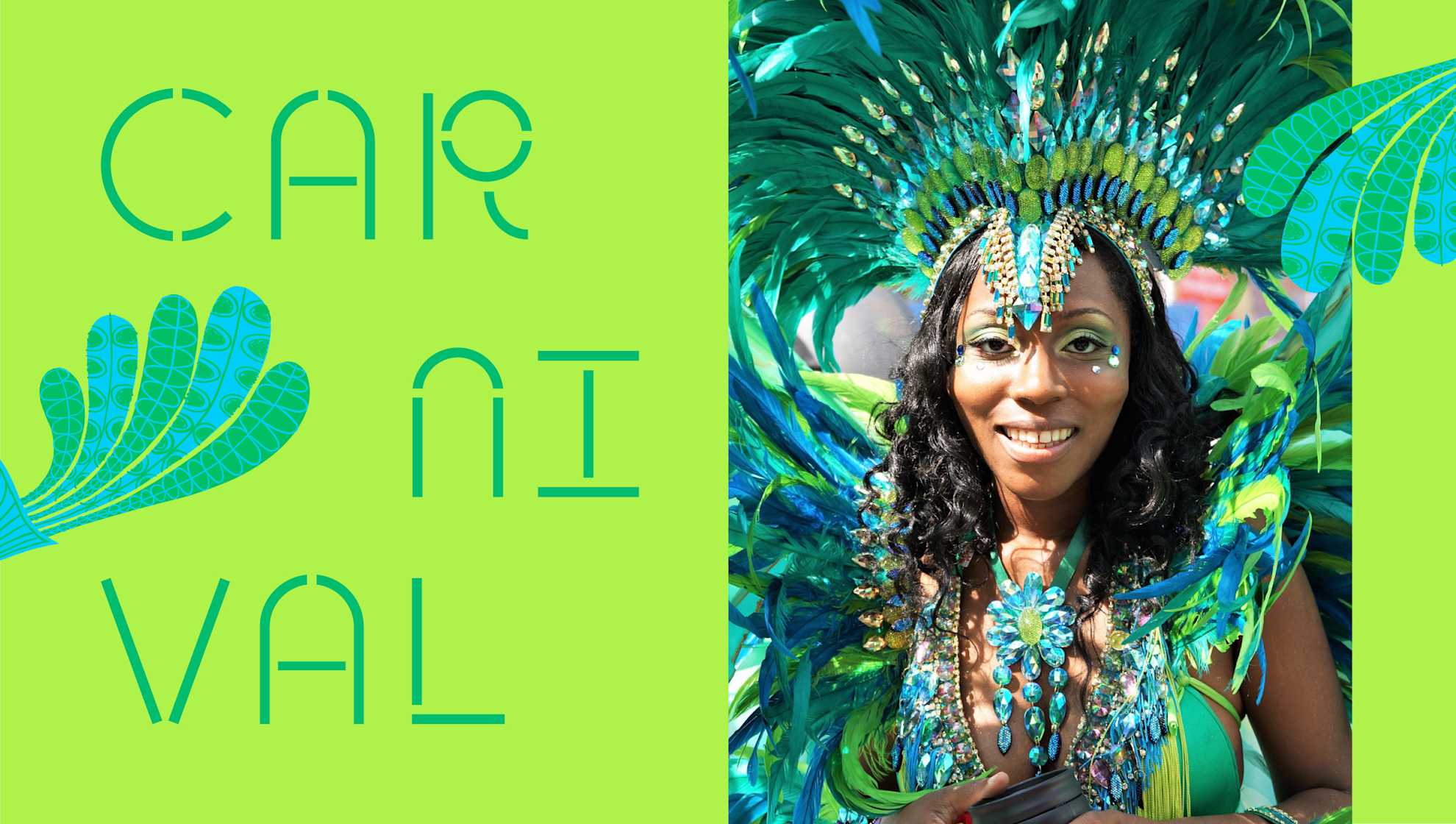
Last editedAug 20202 min read
Most people know Notting Hill Carnival as London’s biggest street party, with great costumes, music and food. It's an amazing celebration of West Indian culture.
But what many don’t realise is that the carnival’s origins lie in race riots in 1958, that saw the newly arrived immigrant population attacked by white nationalists.
Let’s talk history
Between 1948 and 1971, thousands of people arrived in the UK from Caribbean countries to help fill post-war UK labour shortages, in exchange for the right to settle. They are commonly referred to as “the Windrush generation,” named for the ship they arrived on.
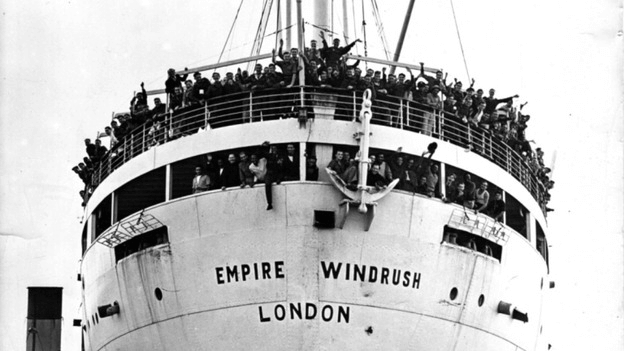
Many of these workers settled in Notting Hill and North Kensington, which was also home to a struggling white working class. By 1958, the Caribbean population across London grew to be well over 100,000 causing increased competition for housing between poor black and white families. The resulting tension culminated in the 1958 Notting Hill race riots.
The 1958 Notting Hill race riots
A group of white working class youth known as the “Teddy Boys” were openly hostile to the black newcomers in Notting Hill. Their voices were amplified by right wing political groups who sought power on a platform of racial intolerance.
The Union for British Freedom established a presence in Notting Hill, and the founder of the British Union of Fascists, Oswald Mosley, rallied the local population with the cry of “Keep Britain white” at meetings in West London. Despite the Caribbean community raising concerns repeatedly, government officials took no action.
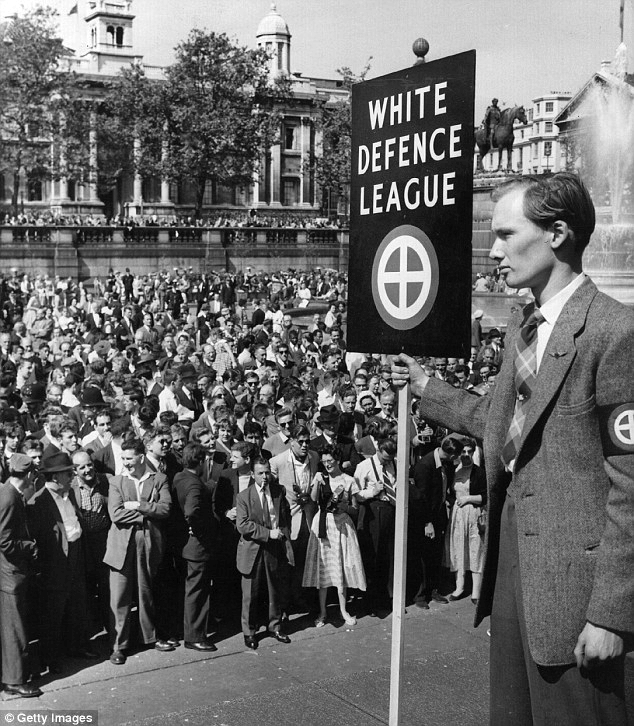

Violence broke out on August 20 when property owned by Caribbean immigrants was vandalised and the owners were subjected to physical harassment. Days later, nine Teddy Boys attacked five black men in Shepherd’s Bush and Notting Hill, leaving three seriously injured.
These events catalysed the rioting, which began on August 30. Crowds of white youths, reportedly numbering 400, chased the Caribbean population in the area. Petrol bombs and milk bottles were launched as missiles, and some rioters armed themselves with iron bars and butcher’s knives. There were counter-attacks by black youths, similarly armed in self-defence.
The rioting stopped after a week; by that point approximately 140 people, mainly white, had been arrested.
Filling the cultural gap
It was the efforts to bridge the cultural gap between the communities that gave life to the Notting Hill Carnival. Claudia Jones, a Trinidadian political activist, was central to organising the first event. It took place on January 30, 1959, at St Pancras Town Hall, just 5 months after the riots.
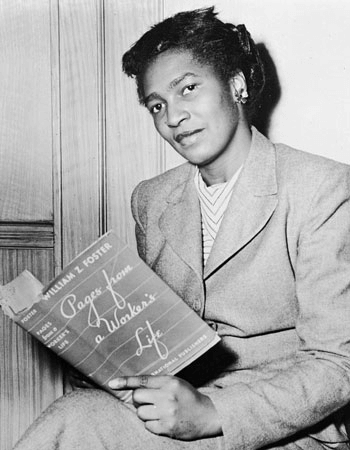
The carnival was then held annually and eventually taken outdoors, under the influence of another notable figure in the Notting Hill community - Rhaune Laslett - who had a vision to bring all communities together.
Notting Hill Carnival today
Today, Notting Hill Carnival is the largest street party in Europe, with 2 million visitors from all backgrounds attending each year. It has come a long way since the 1958 riots, and if you haven’t joined yourself, it is certainly worth checking out.
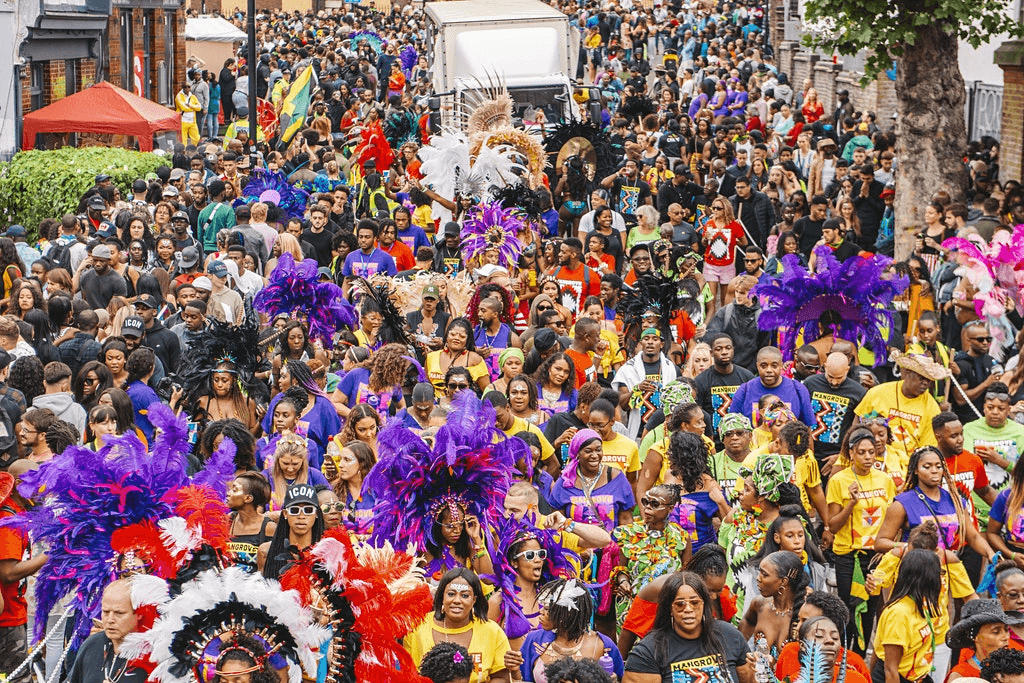
Sadly, due to the pandemic, the Notting Hill Carnival will not be taking place this year. However, GoCardless’ own BEAM group will be celebrating with various carnival-themed activities during the last week of August. The lineup of events include a Caribbean carnival cocktail class, carnival virtual dance class with PILOXERCISE, and a quiz.
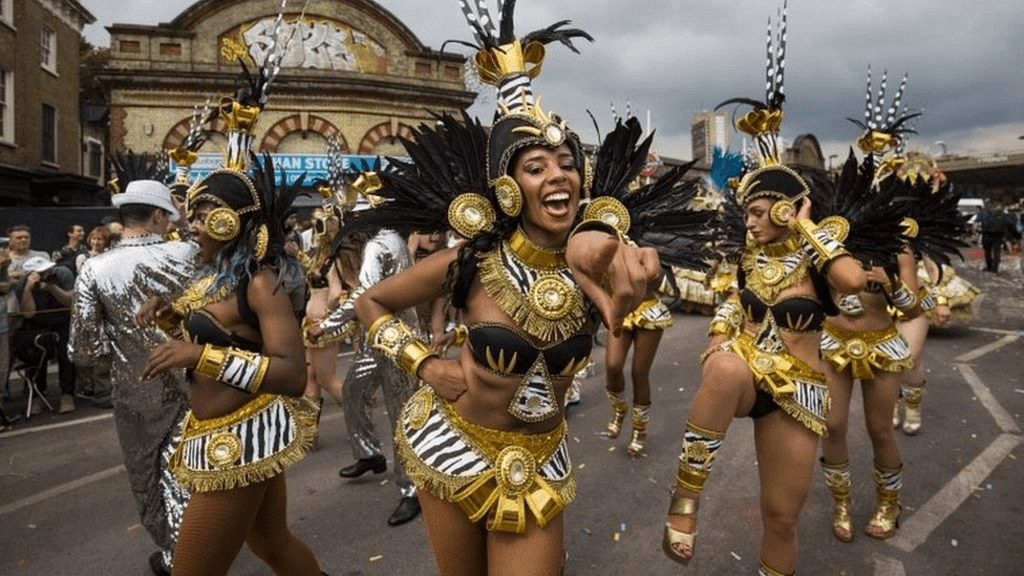
Whether it be on your own, or with family or friends, we encourage you to find a safe way to celebrate too!
